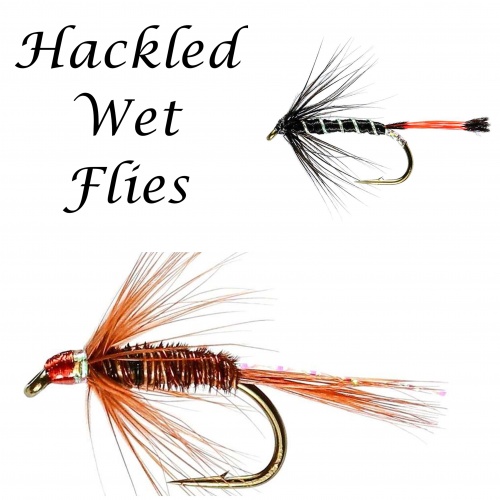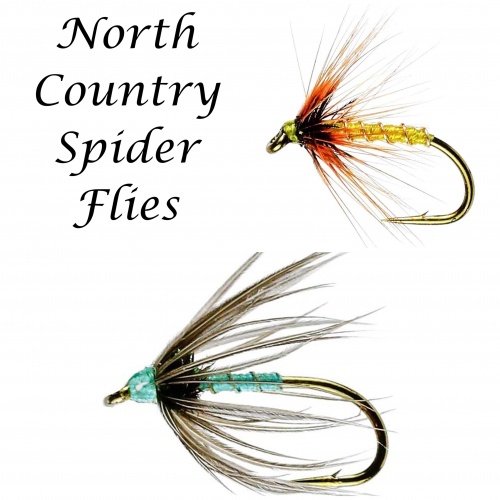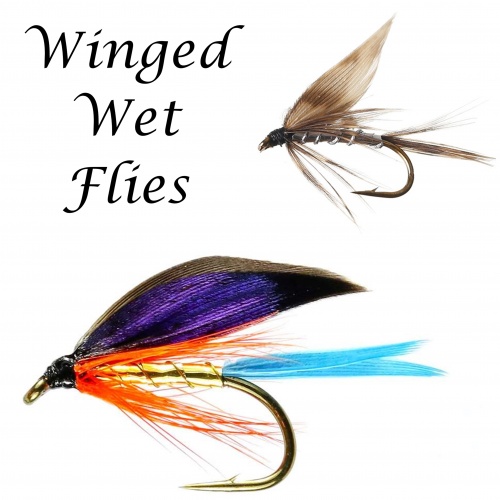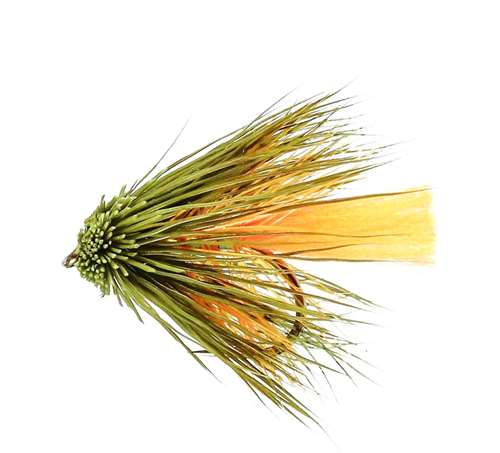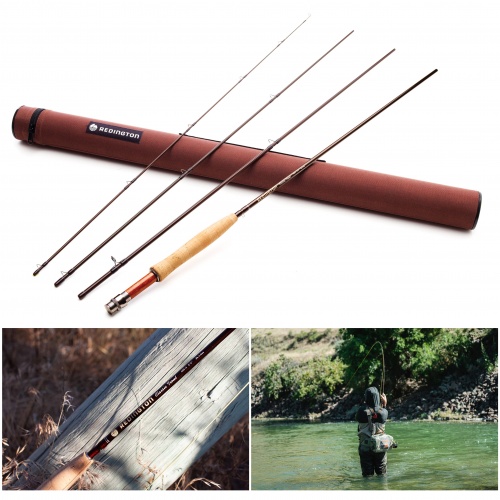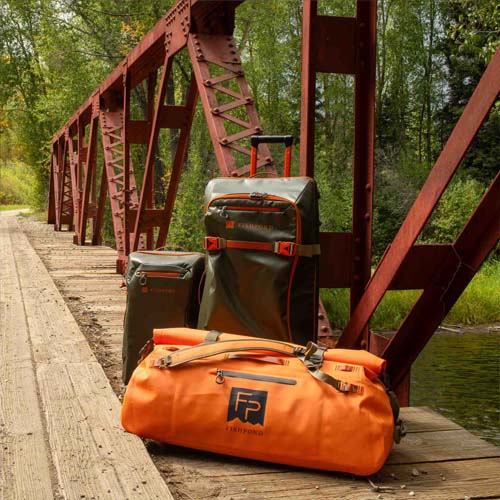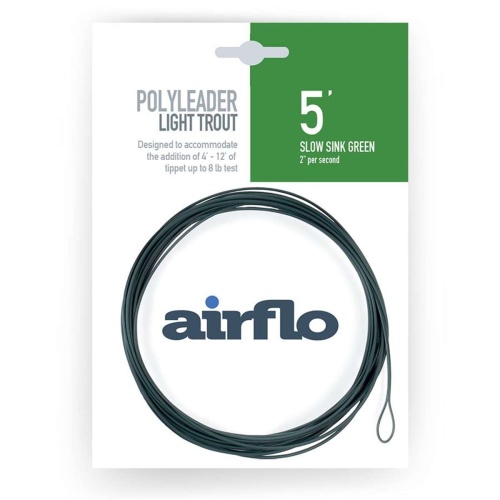Fly In Focus - Black Spider
Fly In Focus - Tie Or Buy Black Spider! Tying Recipes and top picks from Paul Procter!

According to many “Black is All things to All fish”…and there’s a lot of sense in that statement given the amount of black imitations at our disposal these days. Whilst they all have their day the humble black spider is nothing short of the perfect all-rounder in my eyes.
Whether you choose to fish on rivers, or lakes/reservoirs this dressing has saved many a blank. As fly tyers habitually tinker with fly patterns, it’s not surprising then that many variants of the Black Spider exist. Yet, in its simplest of forms the black spider consists of nothing more than black tying thread and a black hen hackle. Personally, I like them sporting a rib, with silver being the obvious choice though a pattern using red wire is extremely attractive too. And, if it boosts a wee thorax of peacock ice-dub then all the better. You see, instantly I’ve moved the goal posts from the original dressing!
Tie Or Buy - See Paul Procter's recipe for the black spider below or buy them here
- Black Spider Hook: Kamasan B-170 or B-160 size 12-16
- Body: Semperfli black pure silk
- Rib: Semperfli 0.1mm Silver wire
- Thorax: Semperfli Peacock ice-dub
- Hackle: Black hen
Must Have Spider Fly Tying Materials



What does the black spider imitate?
Beginners often ask what spiders imitate as after all the term “spider” is nothing to do with arachnids, but is a recognised style of dressing flies that consists of a slim body and soft (often gamebird) hen hackle. Depending on the hook size, black spiders can be suggestive of a wide range of insects that include buzzers, beetles, black gnats, hawthorn flies, midges and even ants. In fact, it’s probably safe to say that if you’re unsure what to knot on then try a black spider.
Paul Procter's Recommended Spiders!




How To Fish With Spiders
Rivers
Of course, a lot will depend on how you fish the spider. On rivers and streams it’s customary to cast upstream and fish a team of three flies back in tempo with surface currents. These then appear as drowned terrestrials, or emerging midges. Alternatively, three flies can be cast across the flows and following an upstream mend, allowed to drift downstream before the current takes hold to sweep them across flows. Although not quite as natural in terms of presentation this methods has the advantage of covering more water with less effort, which is important when fish aren’t playing ball as we can now make an effective blanket sweep of the river.
Lakes
On reservoirs either two or three spiders can be fished 3ft apart. It’s wise to look for a crosswind, so the flies can be fished back as the breeze swings them round on a seductive curve. Rather than hurry the flies back, you’re better off inching them back using a figure-of-eight. Once you have a “bowing” line, it’s simply a matter of waiting for the line to tighten as trout taking spiders often do so with total confidence. A Paul Procter Top Tip! As spiders are sparse, lightweight, try using fluorocarbon for tippet material as this instantly cuts through the surface film.
Trout like below are suckers for spiders!







